Blog
Musculoskeletal Injuries in Flight Attendants and their Possible Preventive Measures
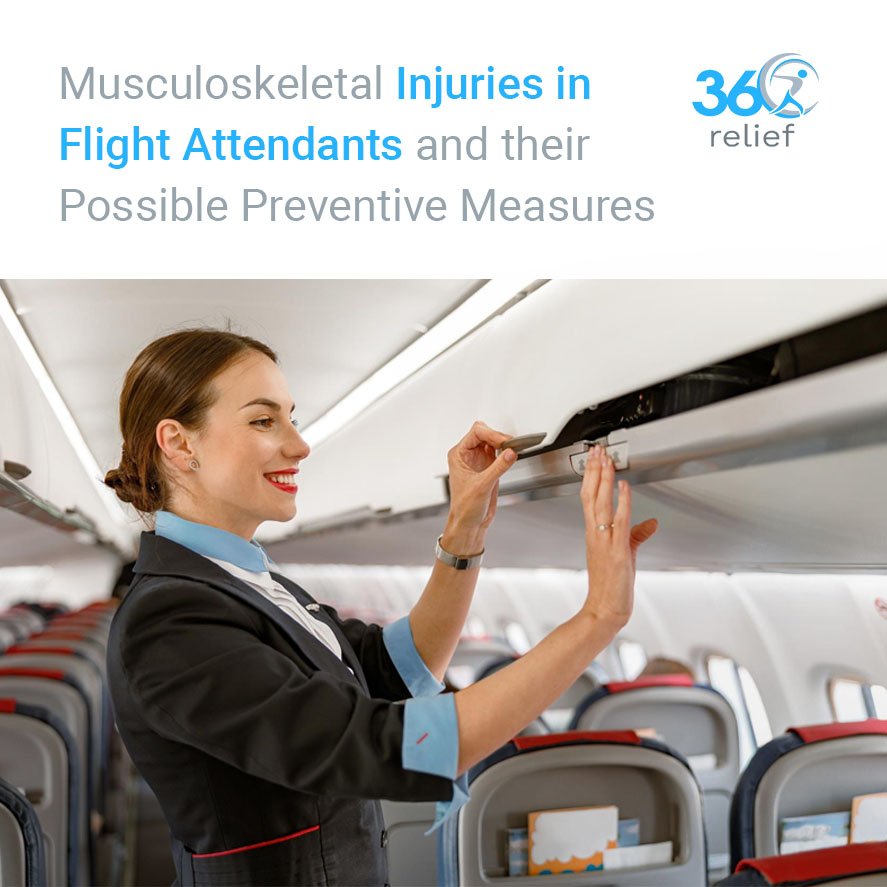
Musculoskeletal Injuries in Flight Attendants and their Possible Preventive Measures
Due to the nature of their jobs, flight attendants are susceptible to various musculoskeletal injuries. Their job usually involves repetitive movements, carrying heavy loads or luggage, standing in awkward postures, and others. All these actions may put excessive pressure or strain on various muscles and joints, causing musculoskeletal injuries. As well as this, flight attendants may also require sitting or standing for a prolonged time, causing circulation problems in the lower legs. Understanding the causes of these injuries is crucial to reduce the chances of injuries.
Here in this article, we are going to discuss the common injuries in flight attendants along with their causes and symptoms. As well as this, we have also discussed the potential preventive measures, suggested by experts, to help you get a safe and injury-free job experience. So; let’s begin our discussion here:
Table of Contents
ToggleCommon musculoskeletal injuries in flight attendants
The following are the common musculoskeletal problems usually faced by flight attendants during their duty times. Understanding the causes and symptoms of these injuries may help you avoid the chances of injuries to get a safe duty experience:
1. Lower back pain
One of the most common musculoskeletal injuries that is complaint by flight attendants is lower back pain. Lifting heavy luggage repeatedly into overhead compartments or during cargo handling can be the primary cause of lower back strains. As well as this, flight attendants need to maintain a forward-bent posture while conducting a safety check and serving passengers. The posture may put excessive strain on the lower back, causing lower back pain.
The common symptoms of lower back problems may include a dull and aching sensation in the lumbar region. The pain may worsen during particular activities, including lifting, bending, and prolonged standing or sitting. In some severe cases, the pain may also radiate to the lower extremity due to nerve compression.
How to prevent lower back pain?
In order to prevent lower back issues during flights, airlines must provide flight attendant staff with ergonomic equipment or proper training. This training can include teaching the staff proper lifting techniques. As well as this, emphasising the importance of maintaining a neutral posture of the spine during performing various tasks is also crucial. Taking regular breaks and stretching exercises are important to alleviate strain on the lower back.
Additionally, wearing lower back support braces is recommended to bear the impact of strain on the lower back. You must also follow any other instructions suggested by your healthcare professionals to reduce the chances of injuries.

2. Shoulder and neck pain
During serving passengers, storing or retrieving items from the compartments, and performing other lifting tasks, flight attendants may require to reach overhead. This repetitive overhead reaching may cause excessive pressure or strain on the muscles of the shoulders or neck.
Straining shoulders or neck may result in soreness, stiffness, and restricted range of motion. Pain in the neck or shoulder may also worsen during overhead movements or when carrying heavy loads.
How to prevent shoulder and neck pain?
The basic preventive measure is to provide flight attendant staff with adjustable trolleys and assisting devices to reduce overhead lifting. As well as this, the staff must maintain proper posture during these overhead activities. Healthcare professionals suggest wearing shoulder support braces or neck support braces to manage or reduce the chances of straining the shoulder or neck.

3. Hand and arm problems
Flight attendants during their duties are usually involved in repetitive hand and arm movements. These movements include opening overhead compartments, serving meals, and handling beverages. These repetitive movements, sometimes, lead to overuse hand and arm injuries.
The overuse injuries of the hand and arm may make you feel pain, tingling sensation, or weakness in your hands or arms. Performing activities, like grasping and holding objects, sometimes may become challenging.
How to prevent hand and arm problems?
The primary preventive measure to reduce the chances of hand and arm pain is to provide flight attendants with ergonomic tools and equipment. Using ergonomic tools or equipment does not put excessive strain while overusing or performing repetitive movements. Flight attendants may also take regular breaks and perform stretching exercises. As well as this, using hand support or wearing arm sleeves helps keep your arm safe from the impacts of repetitive use.

4. Carpal tunnel syndrome
In almost every single task, flight attendants may require continuous and forceful use of the wrist. This excessive use may compress the median nerve or the wrist, causing carpal tunnel syndrome. The common symptoms associated with carpal tunnel syndrome may include pain, numbness, tingling sensation, and weakness around the wrist joint. The pain may worsen when you repeat the tasks again and again.
How to prevent carpal tunnel syndrome?
In order to prevent carpal tunnel syndrome during your duty sessions, you must avoid putting excessive pressure or strain on your wrist joints. Airlines must provide flight attendant staff with ergonomic equipment or tools. If you are susceptible to injury, you must wear wrist support braces throughout your duty sessions and also for the rest of the time if your healthcare professionals recommend doing so.

5. Circulation problems in the lower legs
Flight attendants are required to sit or stand for a prolonged time during flights, facing circulation problems in the lower legs. Circulation problems, in severe conditions, may result in serious injuries, such as DVT or spider veins. The common symptoms of circulation problems may include pain, swelling, tenderness, warmth, and redness in the affected areas. You may also feel some other symptoms, based on the intensity of the injury.
How to prevent circulation problems?
Experts and healthcare professionals come up with possible preventive measures, helping reduce the chances of circulation problems in the lower legs during flight. Flight attendants should be encouraged to move and stretch their lower legs during their duty sessions. They must also keep themselves hydrated and take regular breaks when they feel exhausted. As well as this, compression socks are also recommended as wearing compression socks helps improve blood circulation in the lower legs. You must also follow all other safety measures as prescribed by your GP or healthcare advisors.

6. Ankle sprains
Any sudden movements during flights, walking on uneven surfaces, and accidentally falling or slipping during flights may cause ankle sprains. The common symptoms of ankle sprains may include pain, bruising, swelling, limited range of motion, and difficulty bearing weight or walking.
How to prevent ankle sprains?
Flight attendants are recommended to wear proper footwear with proper ankle support to reduce the chances of ankle sprains. The staff must also be conscious while walking during flights to prevent the chances of falling or slipping. Wearing ankle support braces helps keep your ankles safe and reduces the impact of overusing them during flights.

The closing statements
Flight attending is among the most challenging occupation because, during some flights, the staff has to serve themselves for long hours. Overduty may become the reason for musculoskeletal injuries and circulation problems in flight attendants. Whenever you feel pain and other symptoms related to mentioned above, you must halt your activities and consult your healthcare professionals to deal with the symptoms. However, you are also recommended to wear supporting garments according to your needs.
Social Share
More Posts
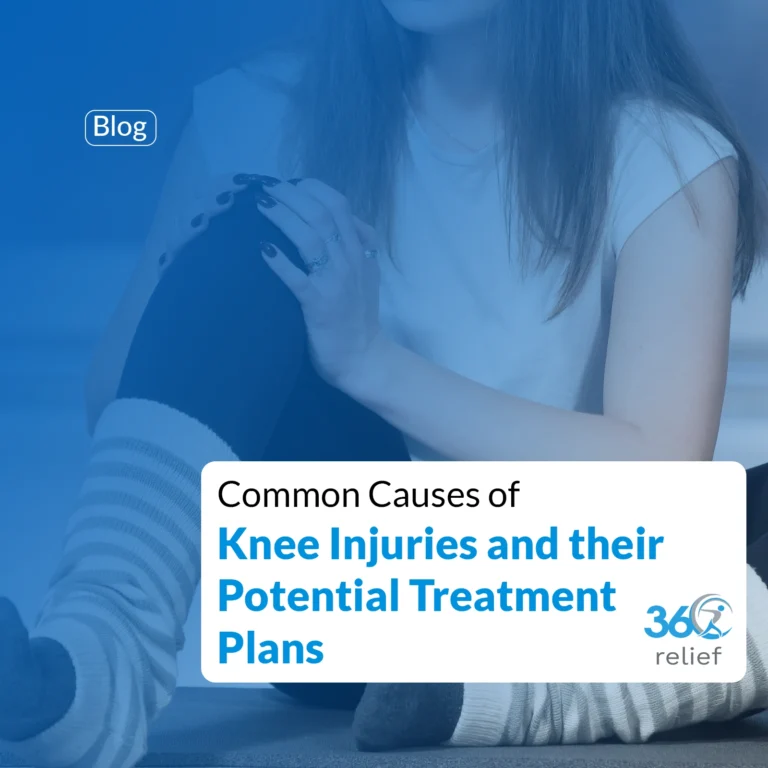
Common Causes of Knee Injuries and their Potential Treatment Plans
Knee Injuries: Overview The knee joint is considered one of the complex and largest joints in the body. It is

What is the Fastest way to Heal a Dislocated Knee?
A dislocated knee is relatively an uncommon injury. Ligaments connect the bones of the knee, which will result in a

Wake Up Refreshed: The Science-Backed Benefits of Eye Masks
Sleep is something we all know we need, yet many of us don’t get enough of it. Whether it’s the
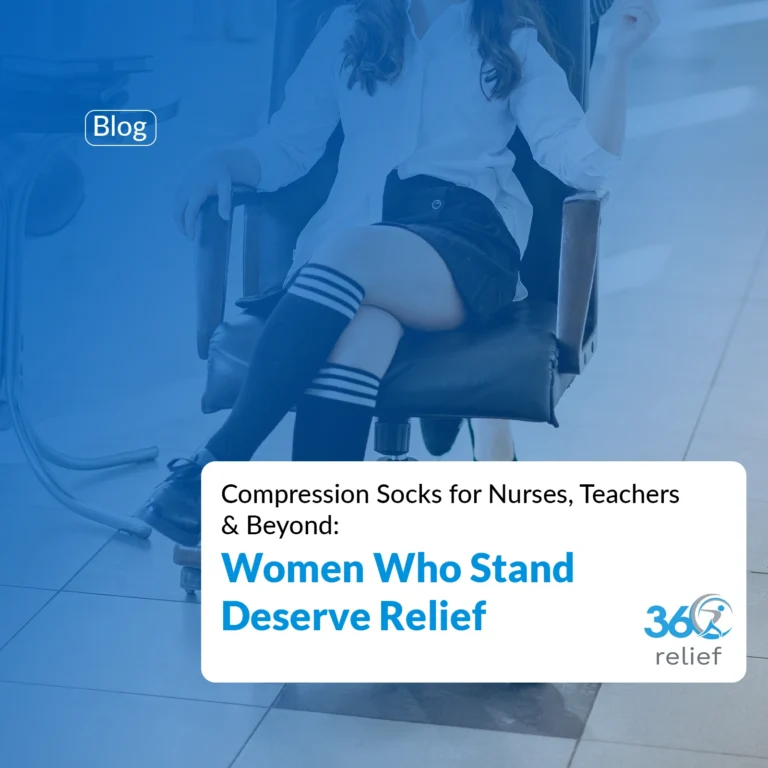
Compression Socks for Nurses, Teachers & Beyond: Women Who Stand Deserve Relief
Introduction Long days on your feet can be exhausting. Whether you are caring for patients, teaching in a classroom, welcoming
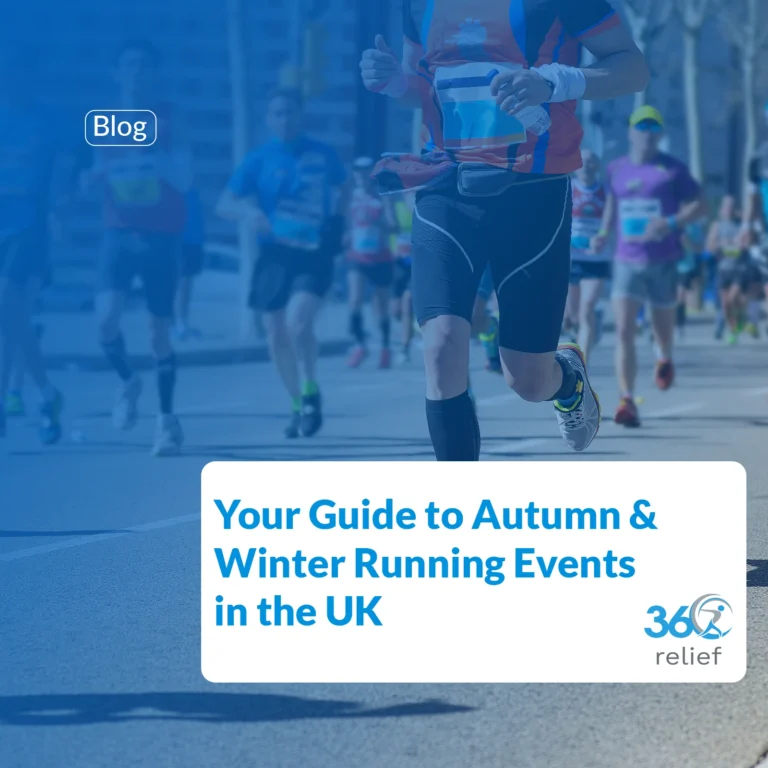
Your Guide to Autumn & Winter Running Events in the UK
As the leaves turn golden and the evenings draw in, the running community across the UK doesn’t slow down. If
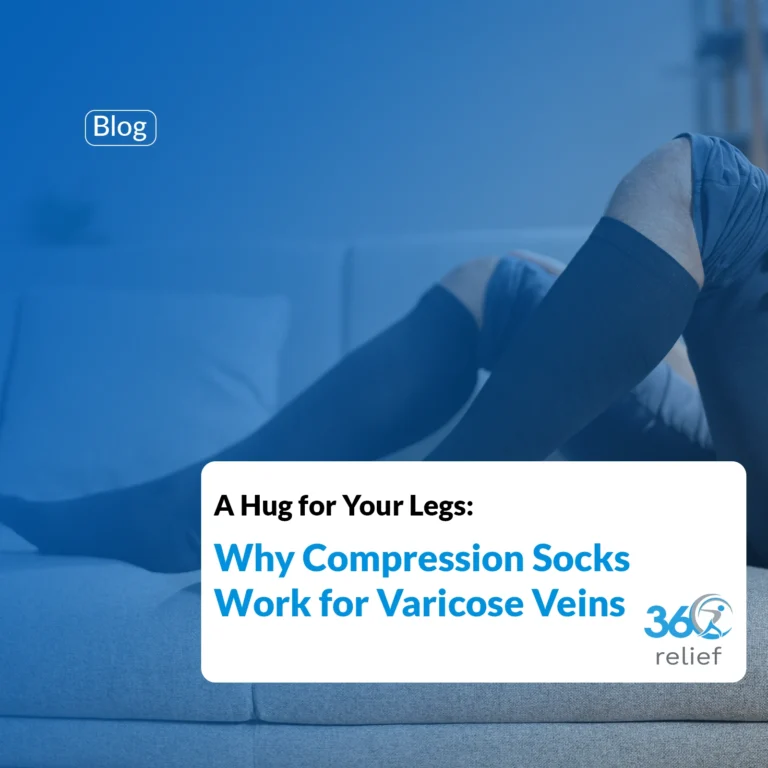
A Hug for Your Legs: Why Compression Socks Work for Varicose Veins
Varicose veins are more than just a cosmetic concern. For many people, they bring discomfort, swelling, and a heavy feeling
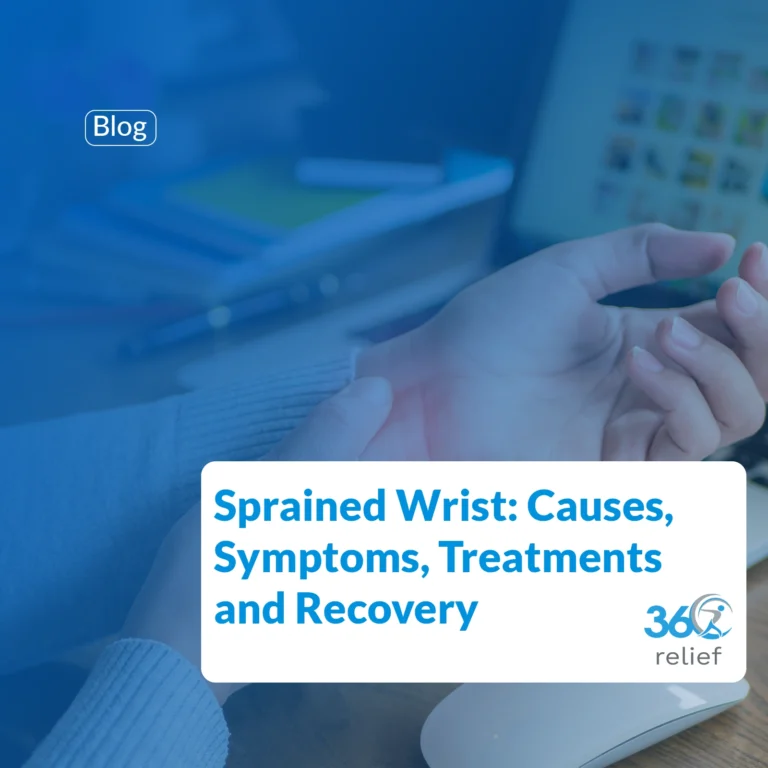
Sprained Wrist: Causes, Symptoms, Treatments, and Recovery
A wrist sprain(s) occurs when a ligament in the wrist is partially injured. Ligaments are the dense connective tissues that

2025 Unibet British Open Snooker: Play Longer, Stay Stronger with the Right Support
The 2025 Unibet British Open Snooker is just around the corner, and excitement is building as fans prepare to watch
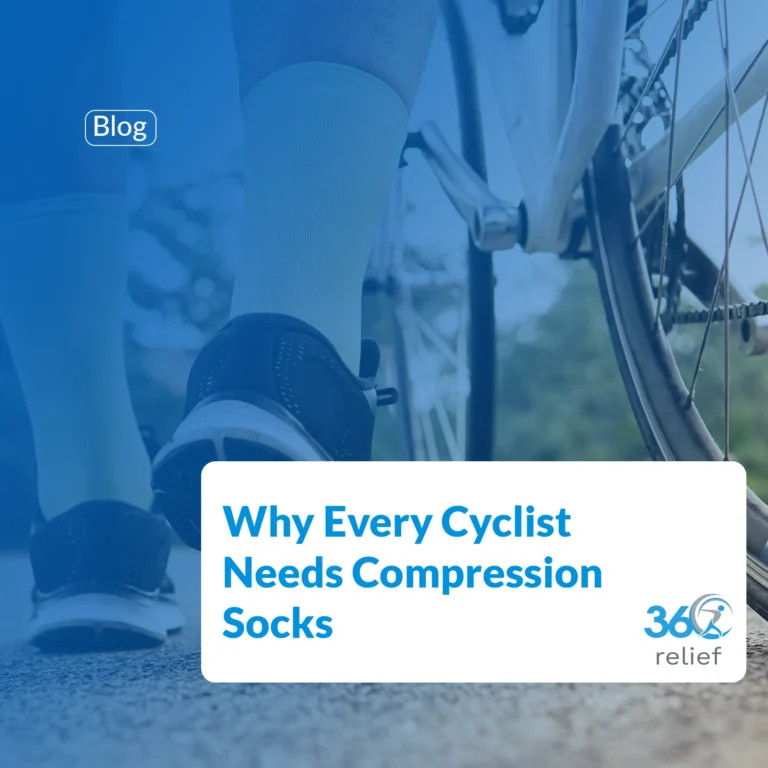
Ride Longer, Recover Faster: Why Every Cyclist Needs Compression Socks
Cycling is one of the most rewarding sports for both fitness and leisure, but it also places high demands on

Stay Injury-Free During the 2025 Tour of Britain: The Best Protective Supports for Cyclists
Cycling fans across the UK are gearing up for one of the most exciting events on the sporting calendar –

Train Hard, Recover Smarter: Why Supportive Products Are Key for 2025 World Boxing Championships Success
The World Boxing Championships 2025 are just around the corner, with Liverpool preparing to host some of the finest athletes

Top Benefits of Using a Sleep Eye Mask for Deeper, Healthier Rest
Getting enough sleep is one of the most important foundations of good health, yet many people in the UK struggle

Women’s 2025 Rugby World Cup: Thrilling Action, Smart Moves to Escape Possible Injuries
1. Introduction – Rugby’s Biggest Stage Returns to England From August to September 2025, England will host the most exciting
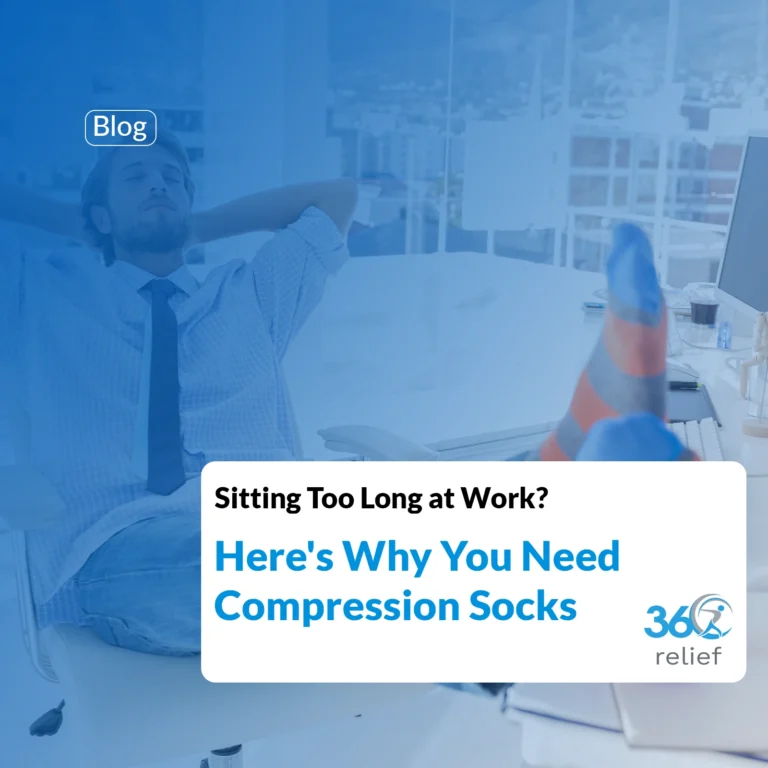
Sitting Too Long at Work? Here’s Why You Need Compression Socks
Modern workplaces often involve long hours at a desk, whether in an office or working from home. While sitting may
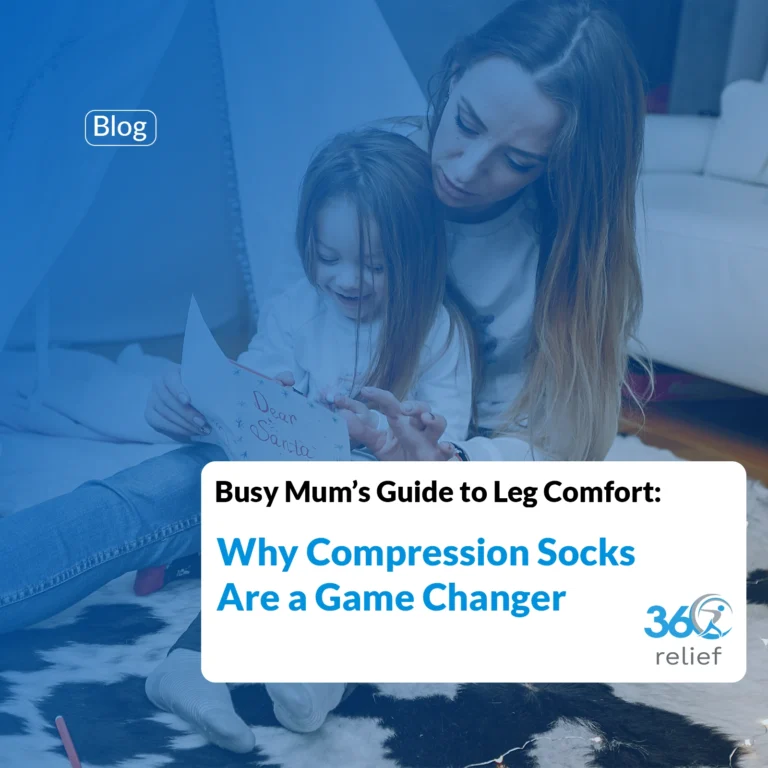
Busy Mum’s Guide to Leg Comfort: Why Compression Socks Are a Game Changer
Mums are the true multitaskers of everyday life. From school runs to supermarket trips, from cleaning to working on your

